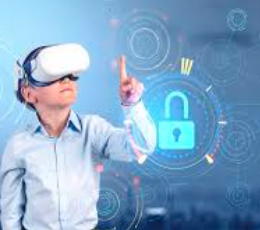Equity in education means ensuring that every student has access to the resources, support, and opportunities they need to succeed—regardless of their background, learning style, or starting point. Personalized learning, when implemented with intentionality, can be a powerful strategy to close opportunity gaps and create more inclusive, supportive classrooms. Here’s how personalized learning can promote educational equity across diverse student populations.
1. Meeting Students Where They Are
Personalized learning starts with understanding each student’s current level of knowledge, skills, and needs. By using formative assessments, learning profiles, and student input, educators can tailor instruction to ensure every learner is challenged appropriately. This targeted approach helps all students grow without leaving anyone behind.
2. Valuing Diverse Strengths and Learning Styles
Equity involves honoring the unique ways students learn and express themselves. Personalized learning offers multiple pathways to explore content and demonstrate understanding. Visual learners might create infographics, verbal learners may prefer discussions, and hands-on learners could build models. These varied approaches validate different strengths and foster confidence.
3. Creating Opportunities for Student Voice and Choice
When students have a say in what and how they learn, they become more engaged and feel more connected to their education. Providing choice within structured learning options encourages agency and helps students develop a sense of ownership, especially those who may feel marginalized in traditional settings.
4. Offering Flexible Pacing and Supports
Not all students learn at the same pace. Personalized learning allows students to move through material as they are ready, with additional time or acceleration as needed. Embedded supports, such as one-on-one check-ins, tutoring, and learning tools, ensure that students who face challenges receive the assistance they need to succeed.
5. Addressing Barriers to Access
To truly support equity, personalized learning must be accessible to all. This includes providing access to devices, internet connectivity, and adaptive technologies for students with disabilities or language needs. It also means ensuring that learning materials reflect diverse cultures, experiences, and perspectives.
6. Using Data Responsibly to Inform Instruction
Educators can use learning data to identify patterns and target interventions. Personalized learning systems often provide real-time feedback, enabling teachers to respond quickly to individual needs. Used thoughtfully, this data can help dismantle biases and guide equitable instructional decisions.
7. Building Strong Relationships and Trust
At the heart of personalized learning is the teacher-student relationship. When educators know their students well, they can design learning experiences that resonate personally and culturally. These connections build trust, foster belonging, and support equitable outcomes.
Conclusion
Personalized learning is not just about customizing content—it’s about creating learning environments where every student feels seen, supported, and capable. When equity is central to personalized instruction, schools can better serve all learners by addressing individual needs, removing systemic barriers, and promoting success for every student. With intentional design and inclusive practices, personalized learning becomes a tool for lasting educational equity.






